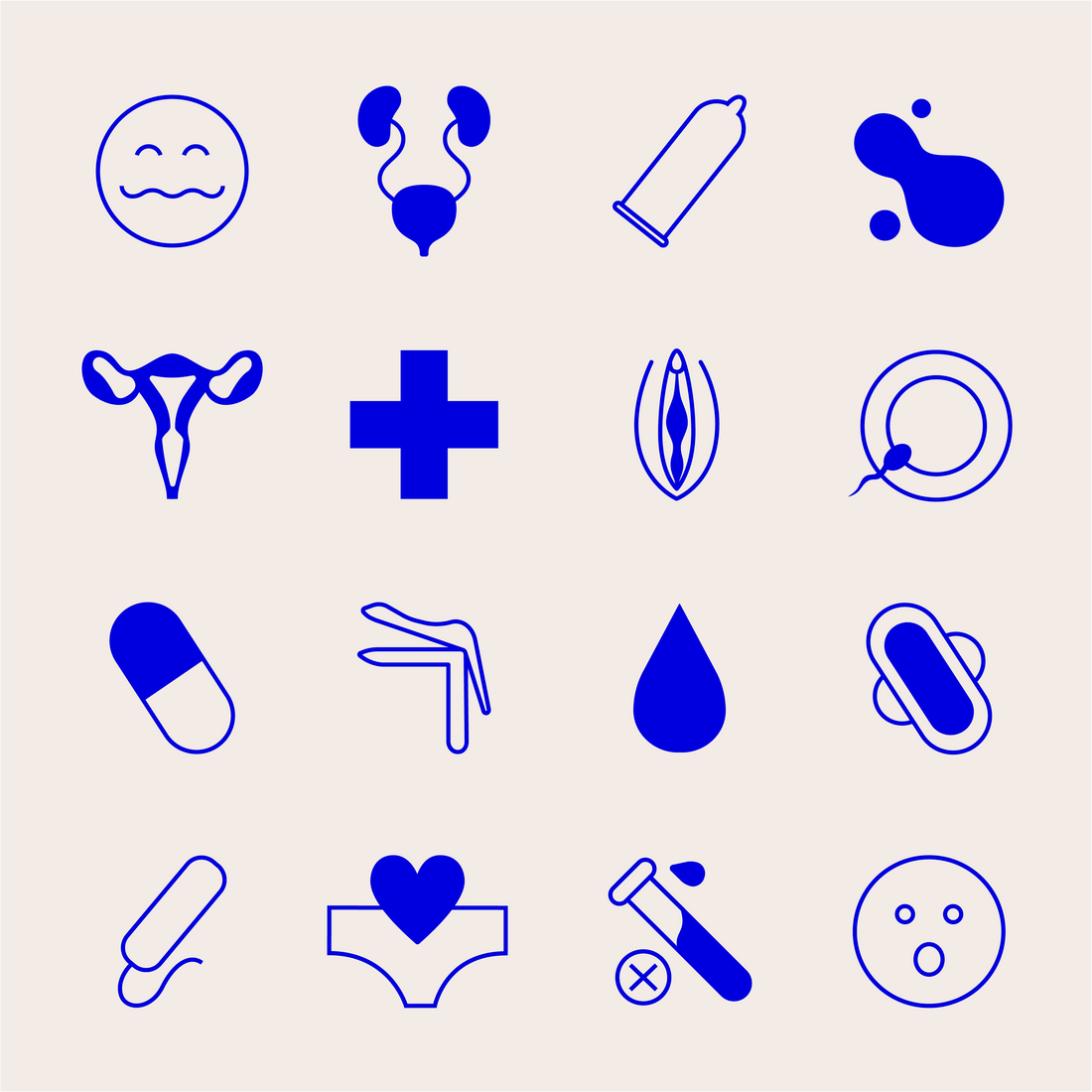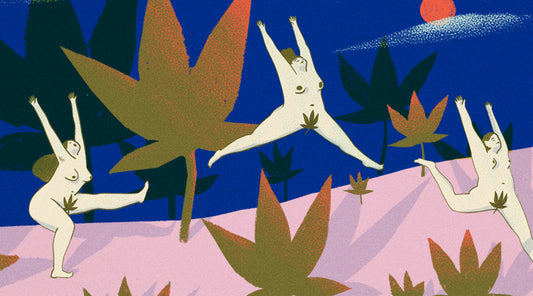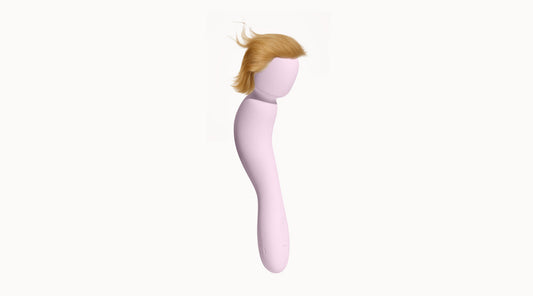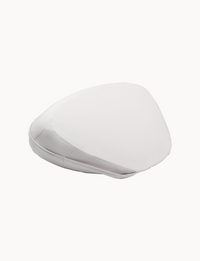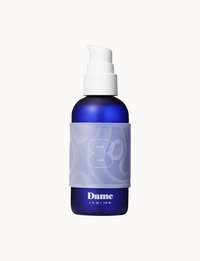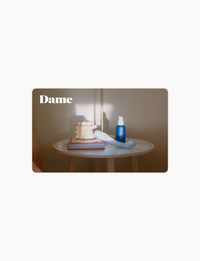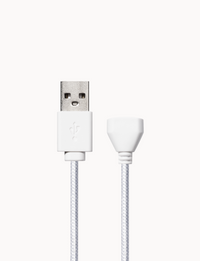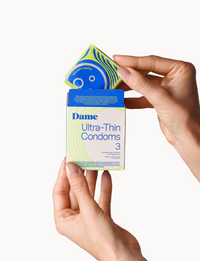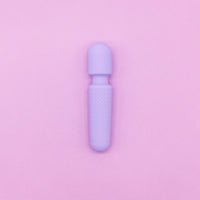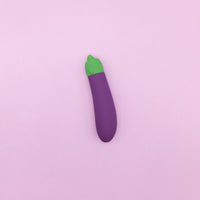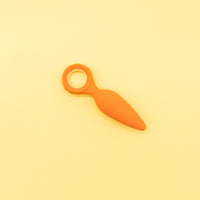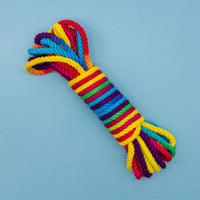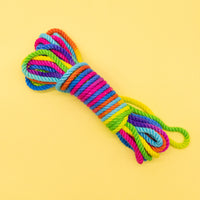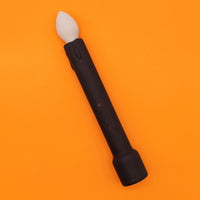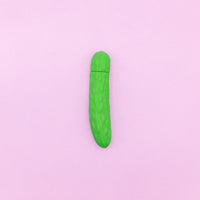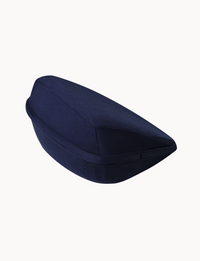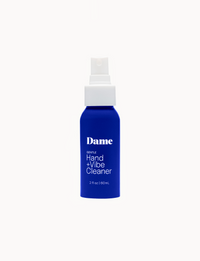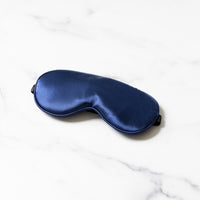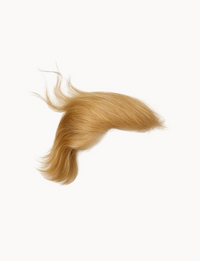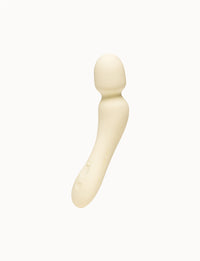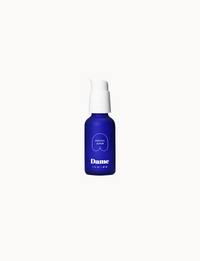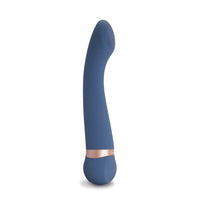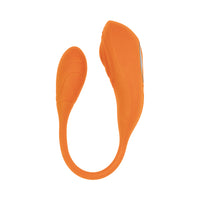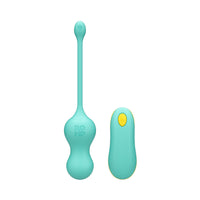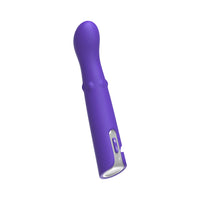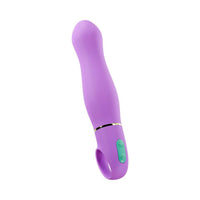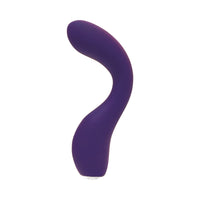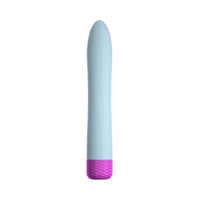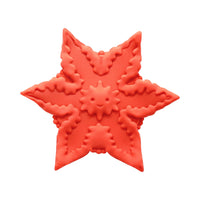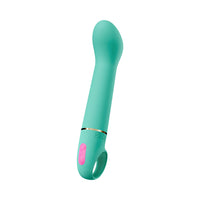Alexandra Fine, Credentialed Sexologist, M. Psych | Written by Dame
What is Sex? | Clitoral Sex | Vaginal Sex | Blended Sex | Stimulation of Other Erogenous Zones | Hormones and the Brain During Sex | What Sex Shouldn’t Feel Like
Certain questions are nearly impossible to answer.
How do you explain “blue” to someone who is blind?
How do you explain “music” to someone who can’t hear?
It’s almost that difficult to describe what sex feels like, if the person asking has never experienced it.
Sure, vulva-havers use words like “tingly” or “full” or “euphoric” – but as most people know, those words don’t do complete justice to the enormous number of sensations you may experience when you have sex.
So if you’re asking because it’s going to be your first time and you want to know what to expect, we’ll come as close to a full description as we can. Just remember that no two people’s experiences are the same, and yours will be different than a friend’s, a relative’s – or ours.
On the other hand, if you’re asking because you’re not satisfied with the way sex feels to you – and you want to know what it should feel like – we have you covered there too.
First, though, it’s important to get one definition straight.
What Is Sex?
The Merriam-Webster dictionary has an assortment of definitions for the word “sex,” two of which seem appropriate:
- Sexually-motivated phenomena or behavior.
- Sexual intercourse.
That’s really not a lot of help. Where do solo sex, oral sex, anal sex, hand jobs and the many variations of what we’ll call foreplay fit in? Are sexual acts other than penetration just “sexually-motivated behavior?”
The question isn’t just an academic one. “What does it feel like to have sex” doesn’t even specify the type of sex we’re talking about. Fifty years ago, most people would have assumed that “sex” means penetrative sex. And most of them would have assumed it means penis-in-vagina sex.
Today, we know better; there are many types of sex. All can be exquisitely satisfying (or for that matter, disappointing), and all feel at least slightly different.
That’s why we’ll break this discussion into sections, based on whether the sexual stimulation we’re talking about is clitoral, vaginal or centered on other erogenous zones, And yes, of course, those aren’t mutually exclusive; one of the great things about sexual exploration is that when several regions are stimulated at the same time, the pleasure can be additive.
(Just so this article doesn’t take all day to read, we’ll be focusing on what it feels like for vulva-havers to have sex. We’ll leave the penis-havers’ satisfaction for another day.)
Let’s get physical. (Physical.)
What Does Clitoral Sex Feel Like?
This is where you’ll most often hear the word “tingly” used as a description.
That’s because the glans clitoris and other parts of the external genitals (including the labia and the clitoral hood) are extremely sensitive for most people. There are more than 8,000 nerve endings in the glans clitoris alone, and those nerves run throughout the abdomen for 5-6 inches. (Glans clitoris is the “button” that most people simply call “the clitoris”; the entire organ is much bigger and mostly located inside the body.)
When sexual arousal begins, the glans clitoris and labia become engorged with blood, and in most people, they swell. That makes the area even more sensitive to the touch, whether stimulation comes from fingering, a tongue or a vibrator. The glans clitoris can be so sensitive to some vulva owners that they can only tolerate stimulation of the labia or hood, or indirect stimulation through clothing or some other type of fabric.
Clitoral stimulation feels different to everyone. Some like a slow and gentle touch, others get more excited by harder and rhythmic activity, and still others prefer a mix of techniques. The clitoris may be slow to respond at first, since the organ is not self-lubricating. Eventually, when arousal produces physical responses in the vagina, it releases lubrication that “spreads” to the clitoral area. It’s often easier (and possibly less painful) to use lube at the start.
As stimulation continues, many vulva-havers describe the feelings it produces as “tingling” or “throbbing” throughout the genital area; some experience the feelings throughout their body, but they’re ordinarily more localized. All the while, the sensation of building to a climax develops, with muscles tensing and increases in blood pressure, heart rate and respiration. The build-up usually lasts for at least several minutes, often much longer, before the actual orgasm.
What does a clitoral orgasm feel like? As we’ll continue to say, it’s different for everyone. Generally speaking, though, the actual release may feel like a warm rush of pleasure to the genital area, a wave of sexual pleasure that begins in the genitals and spreads throughout the entire body, or even a mind-body feeling of ecstasy as tension fades away.
Some of the feelings that accompany a clitoral orgasm are caused by a release of hormones which normally occurs with any type of orgasm. We’ll discuss those in a bit.
What Does Vaginal Sex Feel Like?
Rather than “tingly,” the initial feelings most vulva owners experience during penetration are “fullness” or “pressure.” (One interesting description we’ve seen is “like taking a s—t in reverse, from the front.”)
That makes sense, of course, since the vagina is designed to provide a snug haven for penises (or sex toys). It can be an issue at the start of penetrative sex, though, since it may take a little while for arousal to cause the production of natural lubrication. Once again, lube is your friend.
But the body is quite helpful. Once its owner is aroused, the vagina will stretch to accommodate the size of a penis or toy. Most of the same physiological responses experienced during clitoral stimulation will occur during penetration as well, including increases in heart rate, breathing and blood pressure, and the tensing of muscles. As the thrusting, grinding or pumping continues, spasms can often be felt not only in the vaginal muscles and pelvic floor, but throughout the whole body. Incidentally, it’s not true that a sign of a great orgasm is when you squirt; squirting isn’t related to the pleasure you experience.
There’s an important difference between clitoral and vaginal stimulation. There are relatively few nerve endings inside the vagina, so the texture of the penis or toy won’t really be felt. It’s more of a sensation that there’s “something” in there, rather than the ability to determine exactly what it is. It’s just a “good feeling.” Many with vaginas say that it simply “feels right.”
That leads to an interesting question: if you can’t feel texture and simply experience a feeling of fullness, why do so many vibrators and dildos have ridges, bumps or similar design features? It’s to provide extra stimulation for specific spots inside the vagina, the G-spot and the A-spot – which brings us to the discussion of what a vaginal orgasm feels like.
We probably don’t have to say that it’s different for everyone, but we will anyway. It’s not just because we’re all built differently; it’s also because the areas of the vaginas that are stimulated really matter.
Many vulva-havers can’t climax solely from penetration. In fact, one large study conducted in 2018 discovered that only 18.4% of respondents could reach orgasm solely from vaginal penetration. There are many possible reasons, but it’s believed that the small number of nerve endings in the vagina is largely responsible; a simple “in-and-out” just doesn’t do it for the majority.
That’s why the majority of climaxes during “P-in-V” sex are due to either G-spot or A-spot stimulation.
Almost everyone has heard of the G-spot. It’s believed that the G-spot’s position on the vaginal wall allows for stimulation of the internal clitoris. The A-spot isn’t as well-known, and its existence isn’t even universally accepted by researchers and sexologists. However, it’s located several inches deeper on the vaginal wall, right near the cervix – and it’s apparently a part of the internal clitoris. (Fun fact: it’s believed that most vulva-havers who orgasm during anal sex do so because their A-spot has been stimulated through the vaginal wall.)
They have one important thing in common, though: when they’re stimulated, they produce an orgasm that’s felt much more deeply in the genital area and throughout the entire body. The earth-shattering climaxes of legend? They’re more likely to be G-spot (or A-spot) orgasms, and often experienced as part of a blended orgasm.
What Does Blended Sex Feel Like?
The survey we mentioned a moment ago found that nearly three-quarters of the vulva owners either needed both clitoral and vaginal stimulation to climax, or found that their orgasms were stronger and better when the two types of orgasms were “blended.”
What do blended sex and blended orgasms feel like? Usually, a mix of all of the sensations we’ve discussed separately, mixed together and “turned up to 11.” Everyone’s different, of course (we bet you already knew that), but most people describe them as the ultimate experience. Some even say “that’s really what great sex means.”
What Does the Stimulation of Other Erogenous Zones Feel Like?
It’s definitely possible to bring someone to climax (or when you masturbate, bring yourself to climax) through stimulation of one of the body’s many erogenous zones not in the genital area. Extended foreplay can heighten some people’s arousal so much that they experience a nipple orgasm or similar climax, without any contact with the genitals at all.
In most cases, though, the experience is closer to that of clitoral stimulation: faster breathing, an increase in vital signs, and tingling and excitement that may begin in the erogenous zone but spread through the nerves and muscles to other areas of the body.
This type of foreplay likely won’t lead to orgasm, but it will increase arousal and feelings of closeness, it will feel great – and, for most people, it’s an important part of a healthy sex life.
Hormones and the Brain During Sex
It’s often been said that the brain is the most important sex organ in the body. That may be hyperbole, but there’s a lot of truth to it, too. Here’s how the brain and hormones impact what it feels like to have sex.
During sexual activity, the brain causes the release of neurotransmitters and hormones like dopamine and epinephrine.
Dopamine, also known as the “feel-good” hormone, does what its name implies; it makes you feel good when you expect a reward (like a terrific orgasm). Epinephrine is the adrenaline hormone, and it’s one of the primary reasons your heart rate and blood pressure soar during sex. The combination makes you feel excited, amped-up and feeling emotional pleasure during sexual activity.
As you approach and reach orgasm, the body releases increased amounts of serotonin and oxytocin. Serotonin regulates mood; it’s why you feel happy and satisfied after a climax. Oxytocin is known as the “love hormone,” and it’s largely responsible for the increased feelings of closeness and emotional wellness sexual partners experience in the afterglow of sexual activity. Oxytocin also reduces the levels of the stress hormone cortisol, which is why sex seems to ease stress and anxiety.
In short, the physical sensations of sex feel great. The hormones and neurotransmitters released during and after the sex make the feeling even better and deeper.
What Sex Shouldn’t Feel Like
Sex can be exhilarating, whether it’s with a long-time partner or someone you’ve met for a one-night stand. Sex can be disappointing or satisfying, ordinary or exciting.
But it should not be painful. (Unless you want it to be – but that’s a completely different subject.)
There may be momentary discomfort without sufficient lubrication, or during the first moments of penetration as the vagina expands to accommodate the penis or toy. After that, however, sex should feel good, not painful.
What can cause painful sex, and what can you do about it?
- It could be something as simple as not having enough lubrication, and as we mentioned earlier, lube is your friend.
- It could be muscle or joint pain caused by the sexual position you’re in; switching positions or using a strategically-placed pillow can usually fix that problem.
- Or it could be a more serious physical problem; issues like pelvic floor disorders and endometriosis are known to cause pain during sexual activity, and a healthcare professional should be consulted.
Here’s the bottom line: sex is supposed to feel good and make you happy. If it does, everything else is a bonus.

